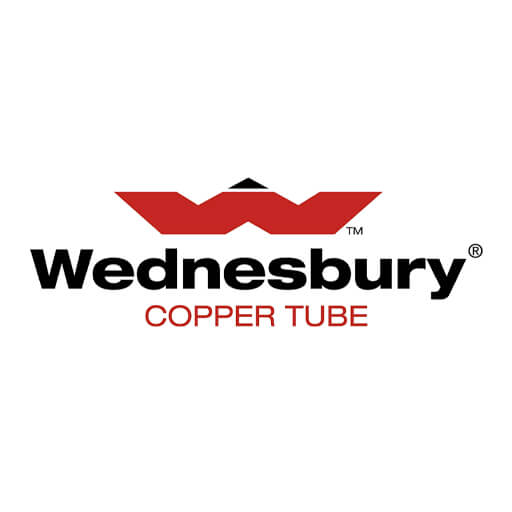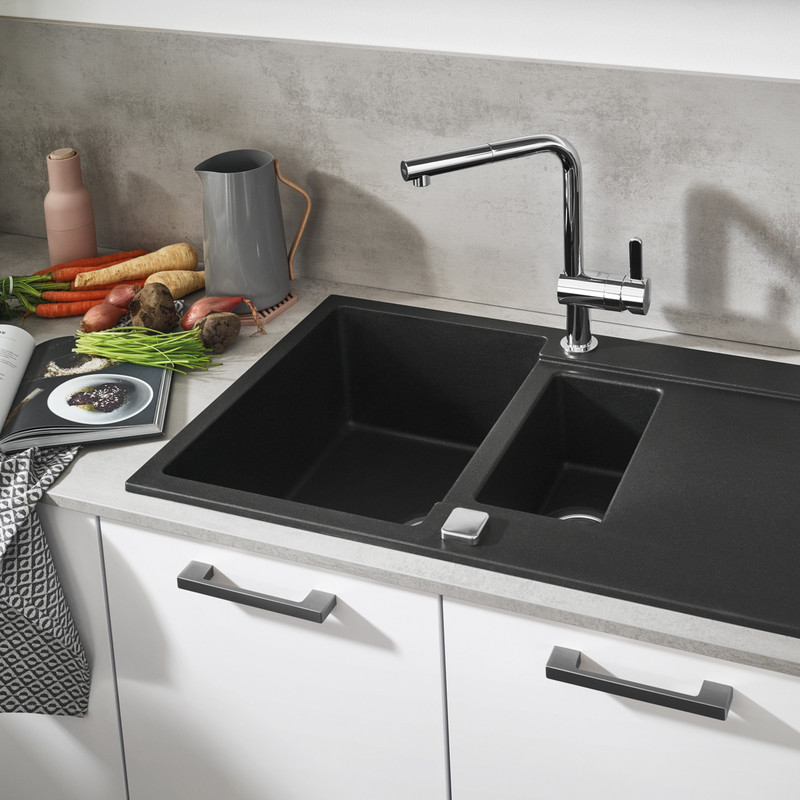Renovating your home or workplace? Or simply need to replace some old plumbing pipes? It's important to know the different types of pipe available to you. Plumbing is an essential system that carries fluids through pipes, and choosing the right type of pipe is key to ensuring yours runs smoothly!
External pipes need to be strong enough to withstand increased pressure when underground, brightly coloured so they can be easily seen for maintenance and identification, and flexible enough to be easily installed.
Internal pipes need to be easy to identify so there are no mistakes made with waste and mains water (generally wider pipes are used for waste water and thinner pipes for clean water), discreet so they’re not unsightly, and flexible enough to be easily installed in wall cavities.
Types of External Plumbing Pipe
External plumbing pipes are used to carry clean water into the property up to the stop valve, and take waste water away from the property.
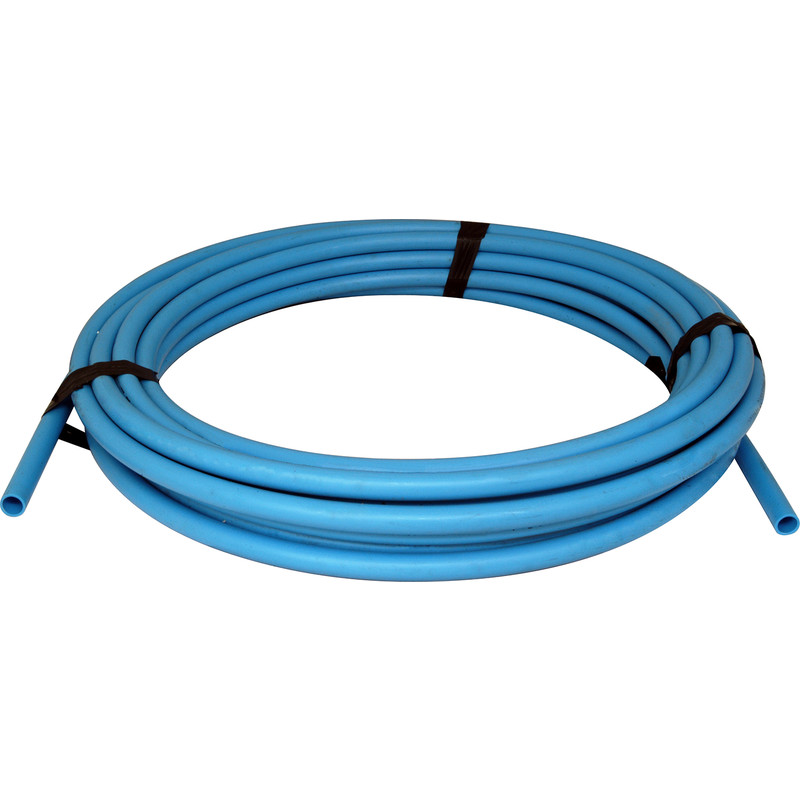
MDPE Pipe
MDPE pipe, also known as medium density polyethylene pipe, is used externally for supplying water to a property, usually mains water, up to the stopcock of the building. This type of pipe is bright blue so it can be easily identified in the ground.
This pipe is great for long-term use to supply water to a property. It won't corrode or deteriorate underground, so there's a minimal chance that it'll need repairing or replacing. MDPE pipe is also stress-fracture-resistant, meaning it won’t break under pressure when underground.
MDPE pipe isn’t UV stable, meaning it must be run underground – this can make it more difficult to access if it ever does need repairing or replacing. This type of pipe cannot carry hot water, meaning its only use is as a mains supply pipe.
Advantages
-
Will not corrode or deteriorate underground
-
Stress fracture resistant
Things to Consider
-
Not UV stable
-
Cannot carry hot water
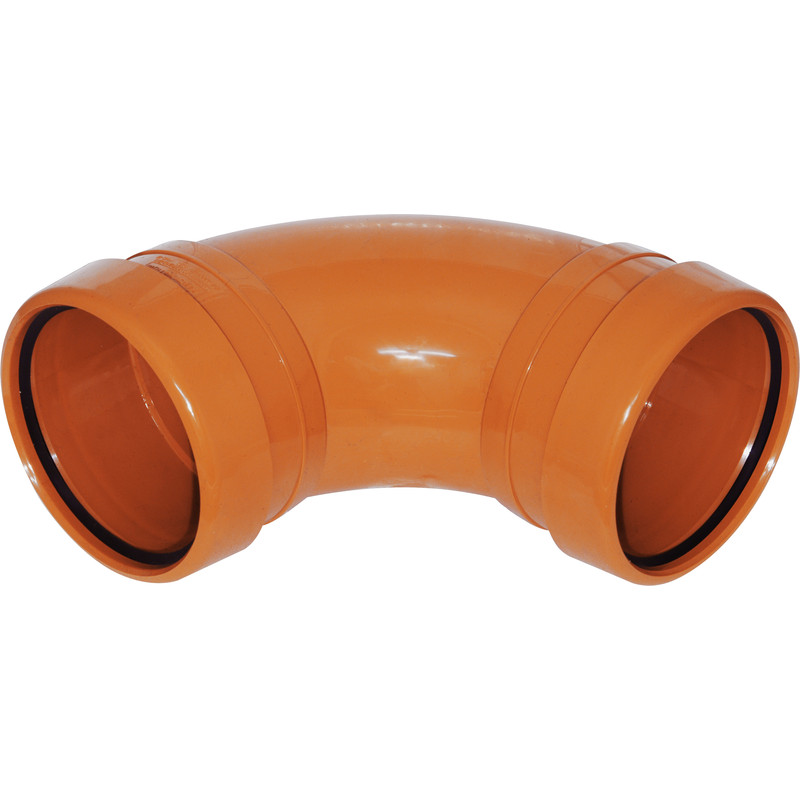
Underground Pipe
Underground pipe carries greywater and blackwater to the sewers from soil pipes. They’re terracotta coloured so they can be easily spotted underground for maintenance. You’ll find 110mm and 160mm underground drainage pipes, with 110mm most commonly used for domestic properties, whilst 160mm are used for commercial properties where the water volume is greater.
These pipes have a push-fit design meaning there’s no welding or tightening needed to install them. Underground pipes are made of PVC with a smooth finish. This improves water flow and reduces debris, helping to keep the pipes working well.
Underground pipes are not UV stable, and are therefore only suitable for underground use.
Advantages
-
Push fit design – no welding or tightening needed to install
-
Smooth finish of PVC improves water flow and reduces debris
Things to Consider
-
Not UV stable – only suited for underground use

Soil Pipe
Soil pipes are made from PVC and are used to take black water and grey water from your toilet and sinks to the sewer. They’re big enough to allow solid waste to pass, and are vented near the top of a building to reduce odours and keep harmful gases away from the property. Soil pipes come in a variety of colours, and the colour chosen will often depend on the colour of the guttering.
The simple push-fit design and sealing rings of soil pipes make them easy and quick to install. The PVC is a strong, lightweight material with high chemical and UV resistance, making it ideal for transporting waste and soiled water. This also means soil pipes don't need to be installed underground away from sunlight.
The main consideration with soil pipes is the issue of blockages. These will occur more regularly than other types of pipes because of the purpose of soil pipes – to transport solid and liquid waste to sewers. Additionally, soil pipes make up a complex system called a soil stack with different components that should be installed by a qualified professional, as mistakes could be harmful, costly and smelly!
Advantages
-
Push fit design makes them easy to install
-
UV resistant
-
High chemical resistance
Things to Consider
-
Blockages are more likely than other pipes
-
Soil stack systems need professional installation and maintenance
Types of Internal Plumbing Pipe
Internal pipes carry clean water around your property to taps, showers and toilets.
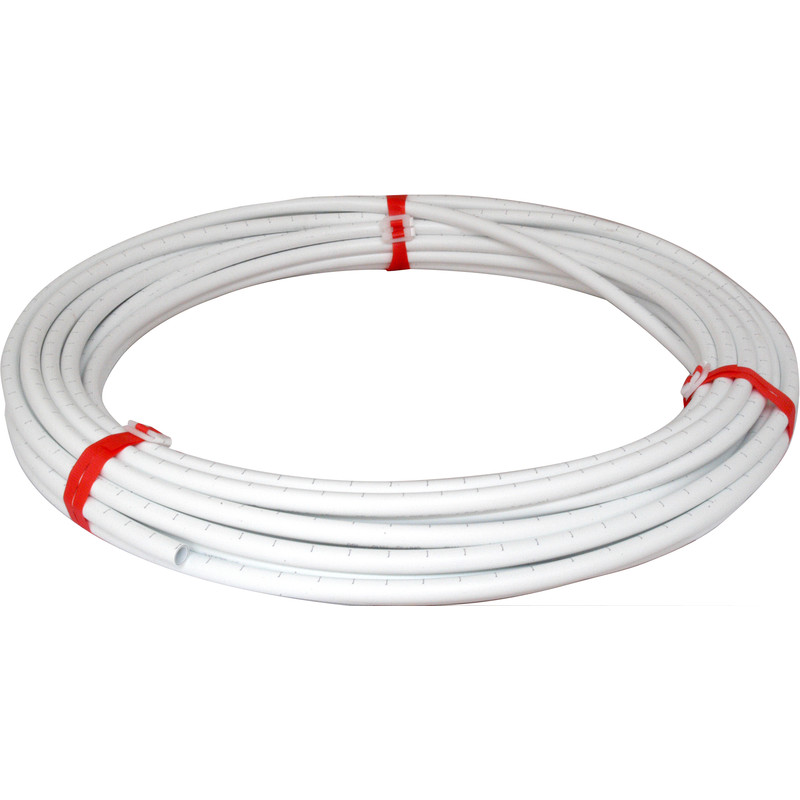
Plastic Pipe
There are two types of plastic plumbing pipes: PB (also known as polybutylene pipes) and PEX pipes (also known as cross linked polyethylene pipes). Pipe sizes are the diameter of the pipe; 15mm or 22mm are popular for domestic plumbing, whilst 28mm is used for commercial environments.
PEX is often viewed as a sturdier alternative to PB pipe. However, PB is more flexible and easier-to-manipulate. Both are quick and easy to install heat-free, ideal for tight spaces and protecting homes from heat damage. They’re interchangeable with other systems, and won't corrode over time with proper use.
Internal plastic pipes are not as robust as copper alternatives. They also cannot be used outside due to the increased risk of freezing as well as potential UV damage – both could cause the pipe to deteriorate and start leaking. If you have any water supply pipes on show, you may find copper alternatives are also more aesthetically pleasing.
Advantages
-
Quick and easy installation
-
Do not corrode over time
-
Interchangeable with other systems
Things to Consider
-
Cannot be used outside
-
Plastic is less aesthetically pleasing when on show
-
Not as robust as copper pipes
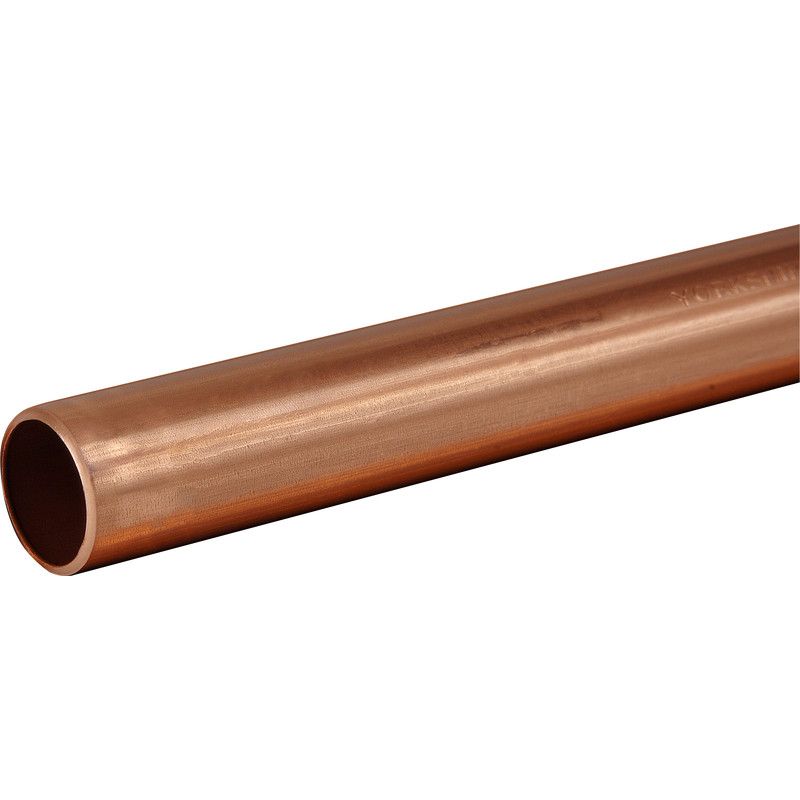
Copper Pipe
Copper plumbing pipes were the pipe of choice before plastic pipes were invented, and are still used now – both externally and internally, as they’re UV stable. 15mm and 22mm diameter copper piping is used in domestic plumbing, while 28mm is used in commercial environments.
Copper pipes are robust and fire resistant, and prevent bacterial growth within the plumbing system. They’re also easier to recycle than plastic pipes. Copper compression fittings can be used with plastic pipes as they’re a type of flame-free copper fitting, making them reasonably flexible.
Copper pipes can be more difficult to install and repair than plastic pipes – although this shouldn’t be a problem for experienced plumbers. You'll also find copper pipes can't withstand acidic water. These pipes also come with a slightly higher price tag. Standard copper fittings cannot be used with plastic pipes as heat is required to connect them – making them less flexible than plastic plumbing unless you use compression fittings.
Advantages
-
Fire and UV resistant & inhibits bacterial growth
-
Recyclable
-
Compression fittings can be used with plastic pipes
Things to Consider
-
Can be difficult to install and repair
-
Come with a higher price tag
-
Can’t withstand acidic water
Key Plumbing Pipe Features
Size
Plumbing pipes are typically measured by their diameter. For instance, internal supply pipes in domestic properties are commonly 22mm or 15mm in diameter, while commercial plumbing often uses pipes with a diameter of 28mm. Larger pipes are needed for commercial environments due to the greater volume of water that will be flowing through them every day.
Additionally, soil pipes and underground pipes are much larger in diameter than supply pipes, as these will carry solid waste that would otherwise get clogged. Waste pipe sizes are usually 110mm in diameter.
Colour
Plumbing pipes are colour-coded to make it easy to identify their purpose and locate them underground. For example, blue MDPE pipe and terracotta underground pipe can be easily spotted. However, soil pipes are often chosen to match the guttering – commonly black, brown or white.
Internal fittings will be either white or grey. White fittings are demountable, which means they can be removed without damaging the pipe. Grey fittings are non-demountable – ideal in rented properties so tenants aren't tempted to fix a problem themselves.
WRAS Approval
WRAS approval is an accreditation recognised by all of the UK’s water suppliers. This accreditation states which products have been through rigorous testing by an independent laboratory to meet set standards and ensure they're safe for use.
WRAS approval protects the water supply from contamination by toxic chemicals, or creating environments in which bacteria can grow. It also ensures the taste, colour and odour of the water is not being negatively affected by the plumbing element – whether that’s a tap, fitting, or pipe.
British Standards
The British Standards Institute sets the base level that plumbing pipes and fittings must reach before they are used in domestic or commercial environments. The BSI kitemark ensures both the products and the water they're supplying are safe for use.
The BSI standards will also confirm the pipes and fittings can be used in the way they’re intended. For example, they ensure central heating pipes can carry hot water without posing a danger or damaging the rest of the system.




